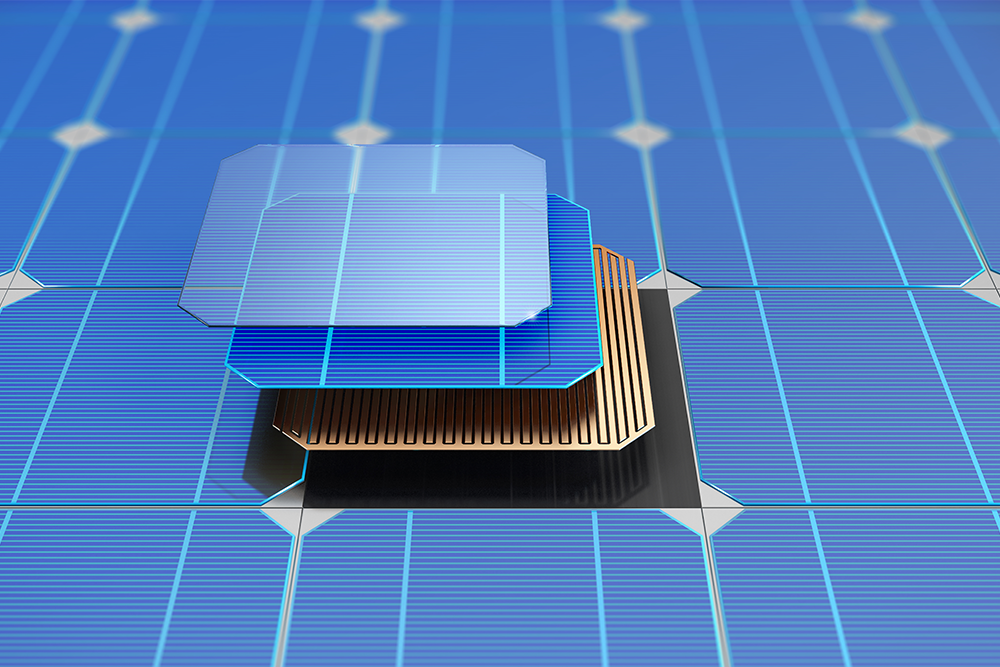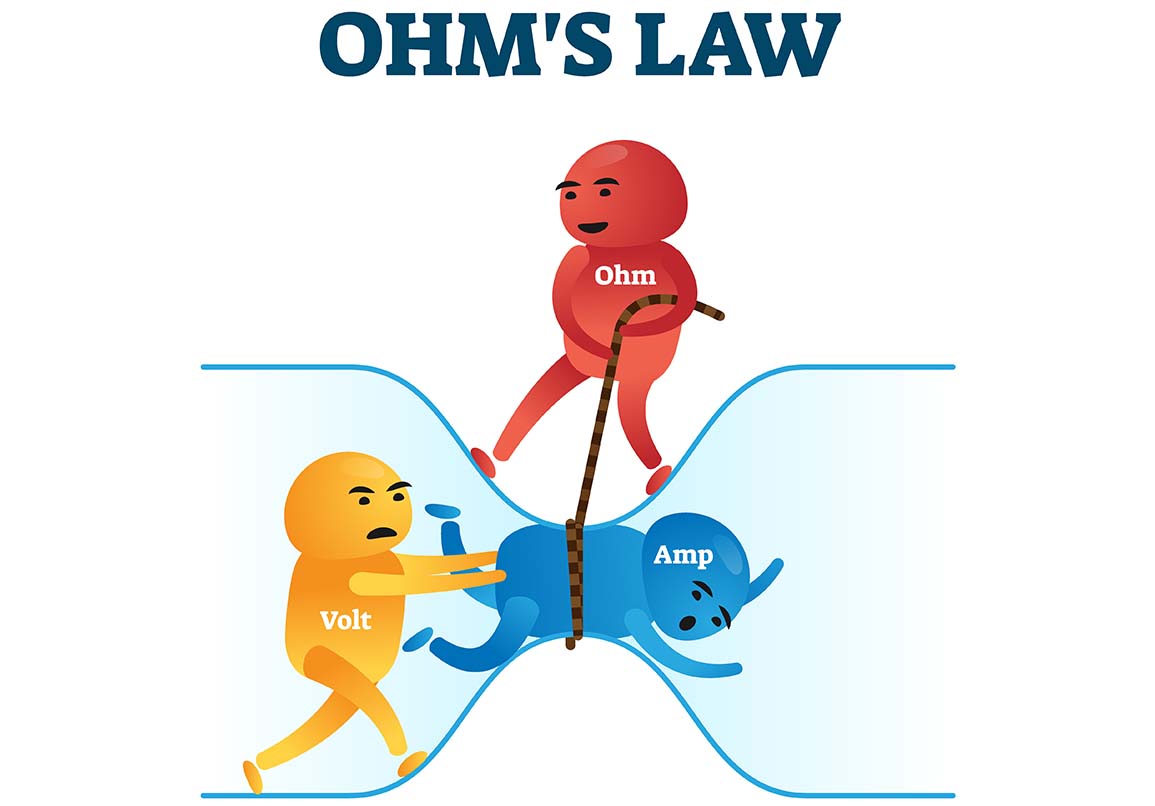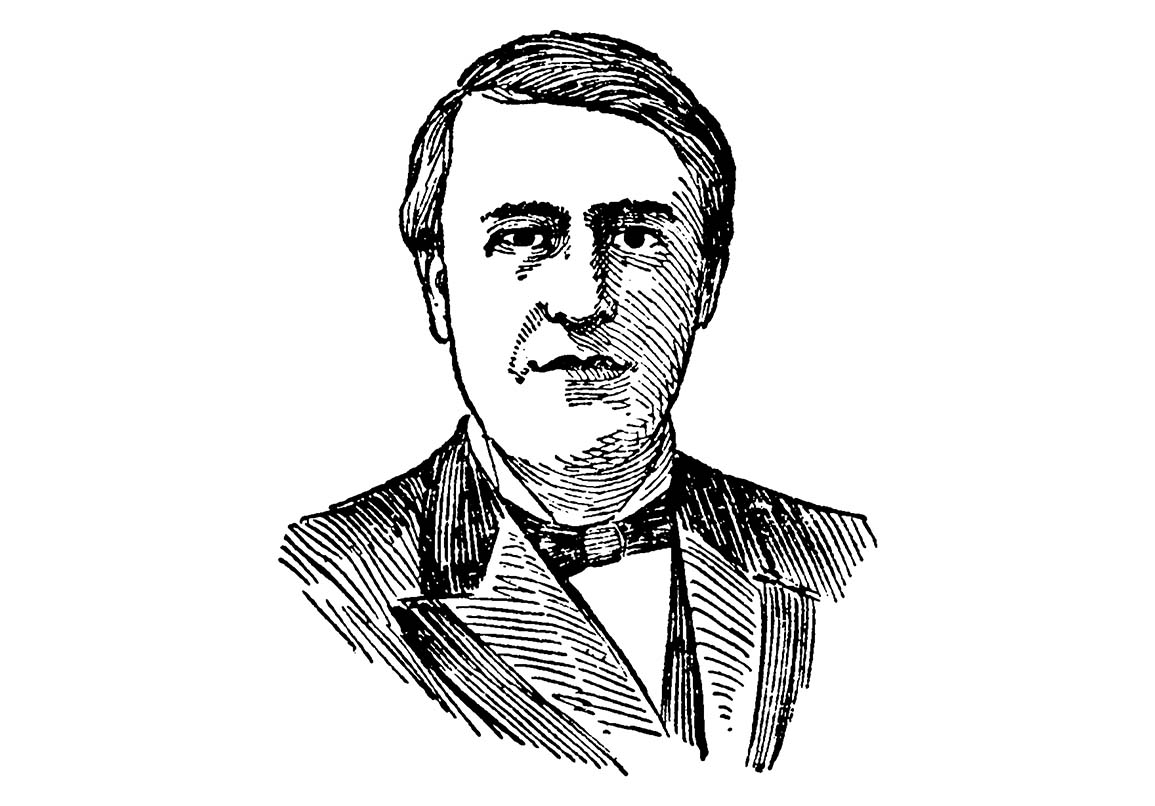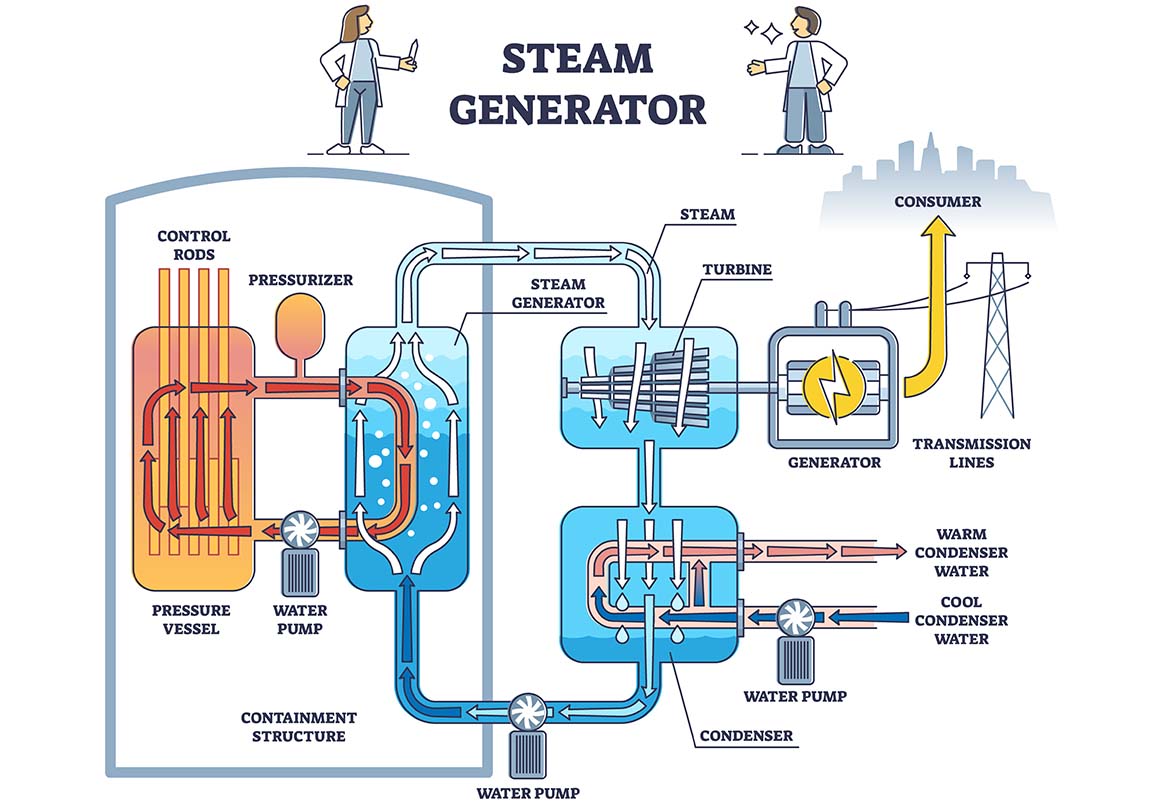The electric grid refers to the utility companies power lines. When referring to "grid" we are referring to their power lines.
Other ways to reference the power "grid" in solar:
- Grid
- Utility company
- Energy supply lines (their power lines)
The electric grid refers to the utility companies power lines. When referring to "grid" we are referring to their power lines.
Other ways to reference the power "grid" in solar:
Solar panels or solar modules are most frequently made of silicon solar cells. Their quantity and configuration in the module determine its size. Individual solar cells are around 6" x 6" (or 15 [cm] x 15 [cm]) squares.

The most common solar cell layouts are:
The 72 cell modules are usually 1" (30 cm) taller than 60 cell modules. Additionally, 72 cell modules produce more power than 60 cell modules.
or
or
Half-cut cell modules are made of the same solar cells but they are cut into halves to reduce their resistance. This allows them to produce more power. In this case, the 120 cell modules have the same dimensions as the 60 cell modules, and the 144 cell modules have the same dimensions as the 72 cell modules.

A ZigBee Smart Home Hub is a device that coordinates the operation of smart home devices compliant with ZigBee communication standards. Customers have a wide choice of ZigBee smart things on the market. These include smart plugs, switches, thermostats, temperature sensors and more. The ZigBee Smart Home Hub integrates smart things within a local smart home network and serves as their gateway to a cloud platform that gathers the data about those devices' performance. In the context of energy-saving, this data can be used to optimize household energy usage during the day and spot the energy inefficiencies at home. This can lead to important conclusions about what household appliances need to be fixed to save money.
Besides ZigBee Smart Home Hubs, there are also multi-mode hubs available on the market. They can build a smart home system that does not only rely on ZigBee communication but can also integrate Bluetooth and Wi-Fi compliant devices in the network.
Historically, our energy needs were quite simple and low. Families often needed to power a couple of lightbulbs and maybe a radio. Therefore, the grid system would work in one direction, from the power generation source to the house. There would be no communication between utility company and customer, and no monitoring of energy usage. However, our energy demands have become significantly more complex, which has called for a more developed and advanced smart grid system. What is most special about the smart grid system is that electricity can travel in both directions. While customers still call electricity from the utility company, they also can produce energy and send it to the grid (through solar panel systems or wind turbines).


Solar modules are made from semiconductors, which convert solar radiation into electricity. This phenomenon is possible due to the photovoltaic effect. It is necessary to use the correct materials with proper properties. To achieve it, solar cells are mainly made from elements that are semiconductors. The most often used are selenium, silicon, and germanium. The most important is silicon which is characterized by having four valence electrons.

The widely used solar panels are made from many properly connected solar cells. Due to their appropriate combination, it is possible to obtain the assumed electrical output parameters. Each of the most used crystalline solar panels is made of 60 or 72 photovoltaic cells.
The mentioned above materials and technologies are connected only with solar cell manufacturing. To construct a working solar panel, the list of component parts is much longer:

The number of smart appliances that are compatible with the Google Home App is constantly growing and it would be impossible to determine a complete list of household devices, which have the Google Assistant functionality integrated into them. Customers may find smart locks, speakers, light bulbs, thermostats, displays, remotes, and many more among the appliances that are compliant with the Google Home.
In order to make the right choice in setting up a Home Area Network built of devices operating through the Google Home app, it is important to evaluate what kind of smart appliances are needed in the house. You may want to ask yourself what can smart home features improve in your household? Which standard devices need to be improved to make their usage more efficient? These are just some basic questions that come into mind when getting to know the topic of a smart home for the first time. Check out our articles below to learn more about smart appliances.
Why my smart appliances are not working?
The global growth of solar energy over the past decade has made the photovoltaic industry one of the main pillars of the ongoing energy transition. More and more people are deciding to install their own PV system. Although solar panels are devices with long “expiration dates” (25-30 years), sooner or later they will need to be rid of. By 2050, the International Renewable Energy Agency projects that up to 78 million metric tons of solar panels will have reached the end of their life and that the world will be generating about 6 million metric tons of new solar waste annually.
Solar panels cannot be treated as ordinary waste and simply "thrown away". This is because of their size (it is a waste of large dimensions) and the varying materials they are made of. The main contributor to the total weight of a typical crystalline silicon PV module is glass (75%), followed by polymer (10%), aluminium (8%), silicon (5%), copper (1%) and small amounts of silver, tin, lead, and other metals and components. Therefore, in accordance with the law, they have to be collected selectively and transferred to a specialized recycling facility.
Some PV panel manufacturers offer a guarantee of collection and disposable services when the products wear out. However, it is important to be aware of the fact that the cost of these activities falls on the owner of the installation - either when purchasing the panels or when taking them to a recycling facility.
Although the recycling of panels is a very complex and complicated process, there are already technological solutions that allow the recovery of the vast majority of raw materials used for the production of modules. Some of them even reach an astonishing 96% recycling efficiency, but the aim is to raise the bar higher in the future. According to the International Renewable Energy Agency (IRENA), raw materials recovered through recycling processes could be worth more than $450 million in total by 2030. This is equivalent to the number of raw materials currently needed to produce about 60 million new panels.
HVAC systems allow us to quickly identify whether they are functioning properly or not. If you find that they are not functioning properly, you don't always have to replace the entire system right away. An HVAC system is divided into 3 parts: an outdoor unit, an indoor unit, and ducting that connects these units. So it's a good idea to first find out exactly where the cause of the problem lies. However, sometimes even if you do find where the problem lies, you will still need to replace your HVAC system. In this article, you will learn when it is time to replace your system and when it is worth repairing it.

The National Association of Home Builders estimates that the average lifespan of an HVAC system should be between 10 and 15 years. It is possible that your system has broken down but it will most likely be a minor repair.
There are many components in your HVAC system that need to undergo regular maintenance or replacement. Examples include filters that trap dust, fungus, mould, and even cigarette smoke. So it's a good idea to have your system serviced frequently in the fall and spring.
As mentioned before, the indoor and outdoor units are connected by wires, and they may be the reason for ineffective maintenance of the desired temperature in the room. Investing in a professional duct inspection and sealing any gaps for about $50 can make your HVAC run more efficiently with a relatively inexpensive repair.

HVAC systems can last up to 10 - 15 years. Everything depends on how you take care of your system in the first place. An average cost of a new unit typically is in the range between $5000 and $8500. This is not a small investment, of course, but it also means a new, more efficient unit.
Your electric bill will obviously change from month to month during the year. However, if the efficiency of your system starts to decrease, you will definitely notice a difference in your energy costs. A less efficient system means your HVAC is working overtime to heat and cool your home, which means it costs more. Therefore, it might be better to just replace the system at some point.
If you can feel that the temperature in your household rooms is different from your normal temperature set up or if you have to regulate your device much more than you are used to, then you may have to replace your HVAC system. Another sign to replace your HVAC system is if your unit needs to run during the day and night to keep the desired temperature.
The outdoor unit is doing most of the work in your HVAC system. A new unit or a well-maintained one runs quietly. If it starts becoming noisy, it is recommended to have your device serviced. However, in most cases, it means it is time to replace your system.
The role of the HVAC system besides heating and cooling is also keeping constant ventilation. It does this by removing dust and dirt from your home. If you see that there is more dust in your home after a relatively short amount of time, it might also mean your system is not efficient anymore and needs replacement
It is quite simple! At the end of the day, we want to do what is more cost-effective, right? We recommend estimating the costs of fixing your HVAC system and multiplying that by the number of years your system already has. After, you may want to compare the obtained amount with the price of the new unit. If preparing your HVAC system costs more than installing a new one, then replace it.
One person did not discover electricity. In ancient Greece, people discovered that amber, when rubbed with silk, attracted feathers and other light objects, which is static electricity.
Hundreds of years passed until the year 1600. In 1600, William Gilbert, a scientist to Queen Elizabeth I, invented the term 'electricity'. He was the first person to recognize the connection between magnetism and electricity.
During the 17th and early 18th centuries many scientists were conducting various research on electricity:

A few years later, Thomas Edison created the first DC (for direct current) electricity generator. In the 1880s, his creation was what provided all electricity in New York.
At a similar time, Nikola Tesla developed the AC (for alternating current) electricity generator. When Thomas Edison heard about Tesla's discovery, he started spreading stories that AC electricity was not safe to use. In 1893, Tesla's system was used to run 100,000 electric lights at Chicago's World Fair, and AC was established to be a power supply in the USA.


Electricity plays a huge role in modern societies. Over the years, we have become dependent on using electrical appliances and light.
We all use electricity, but where does it come from?
Electricity always has to be generated in power plants of various sizes from different energy sources, like coal, gas, nuclear, wind, solar, etc.

To help explain how electricity is generated, we can firstly distinguish between the types of power plants:
Energy generation technology:

Since renewable energy sources are relatively new technologies, most energy generated in the U.S. comes from fossil fuels burned in conventional thermal power plants. According to the U.S. Energy Information Administration, more than one-third of the nation's electricity is generated by natural gas, while fossil fuels stand for 60% of all energy generation.
Nuclear power plants cover almost 20% of the energy production mix, and all renewable energy sources cover the remaining 20%.
Wind turbines have the largest share of energy production within renewable energies, at around 9.2%. Hydropower is about 6.3% and solar is 2.8% of the energy mix.